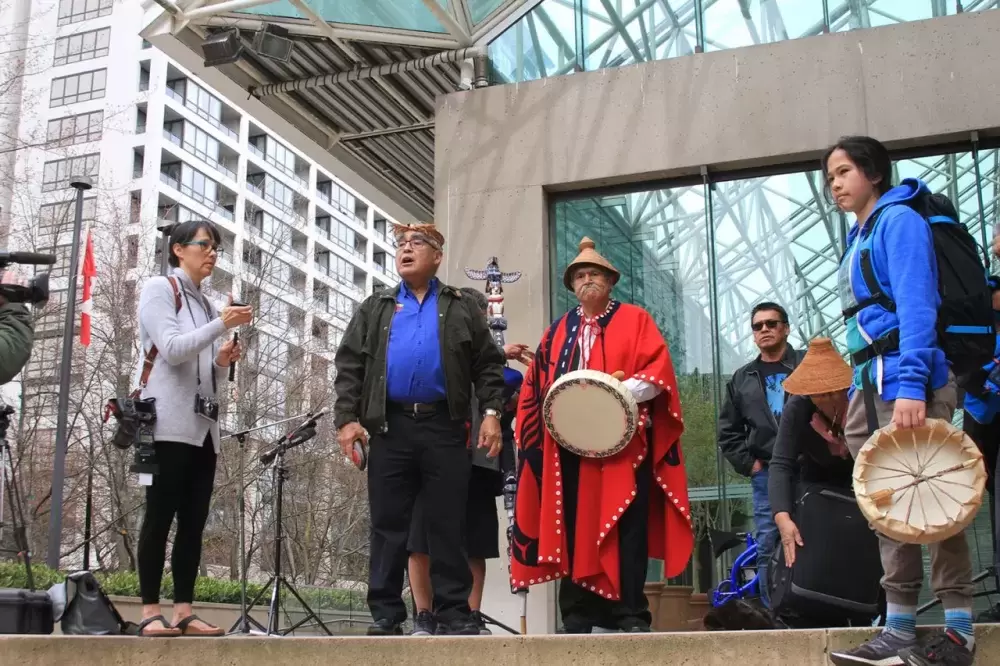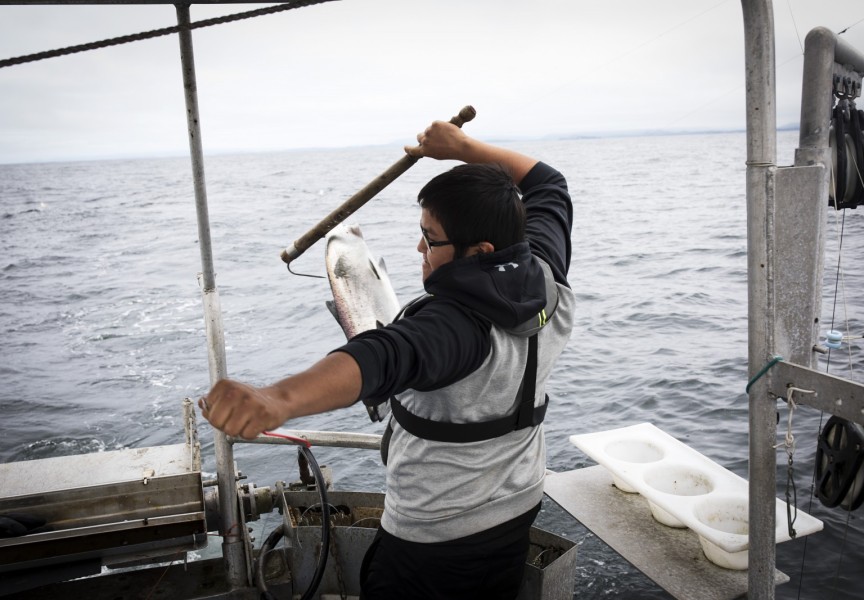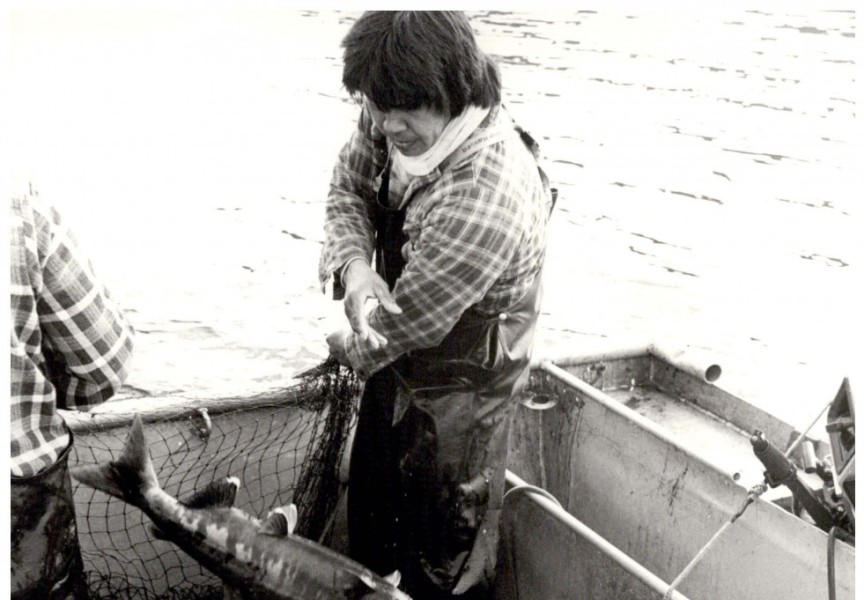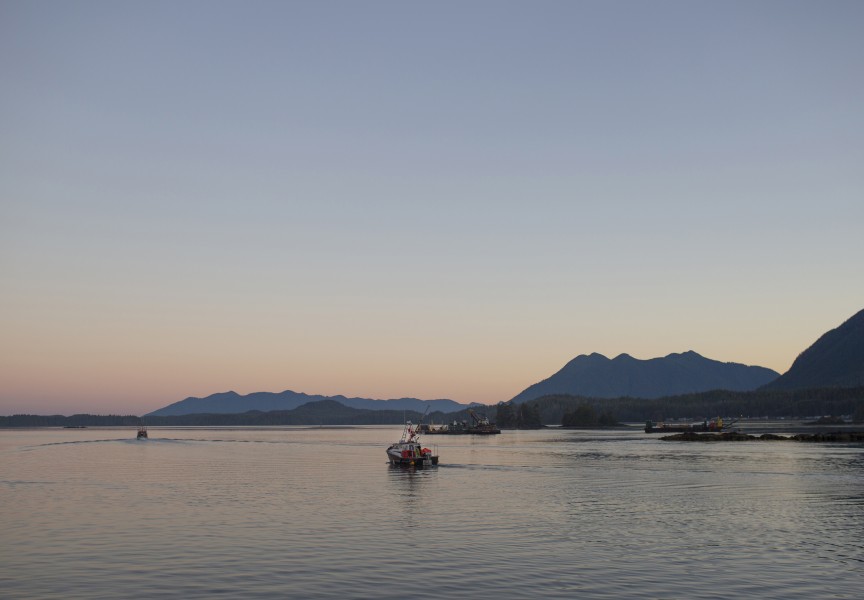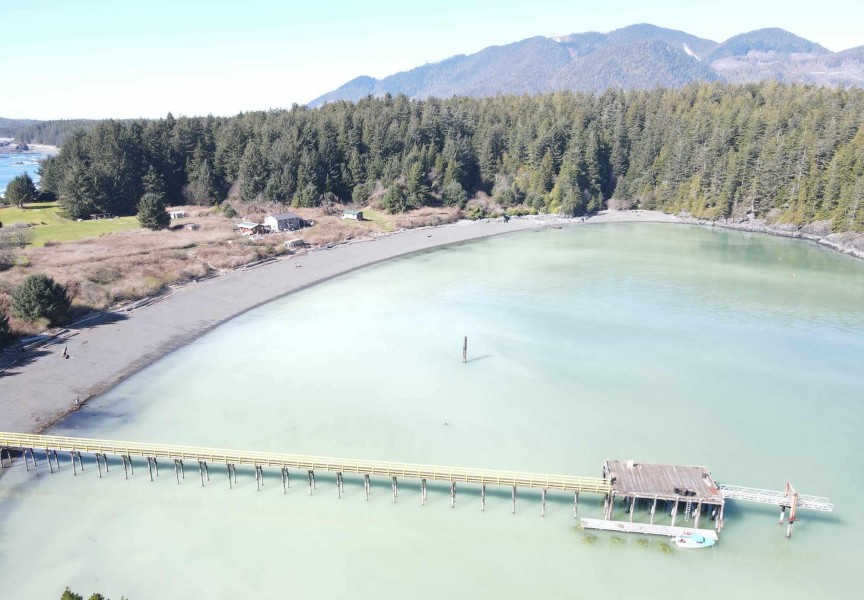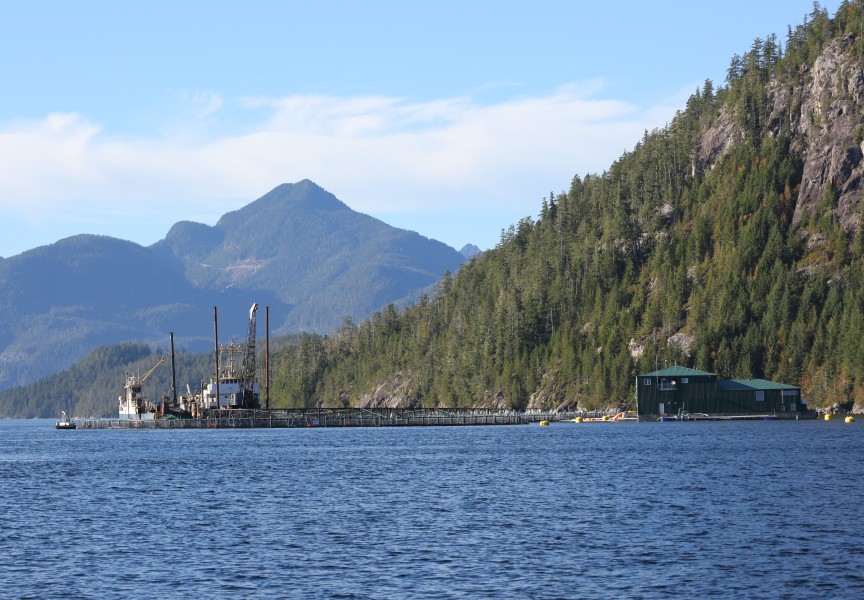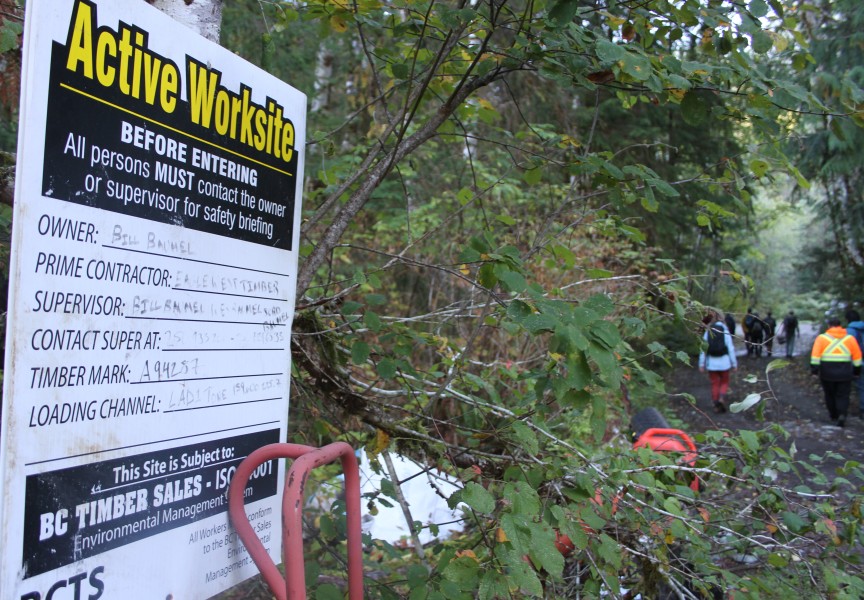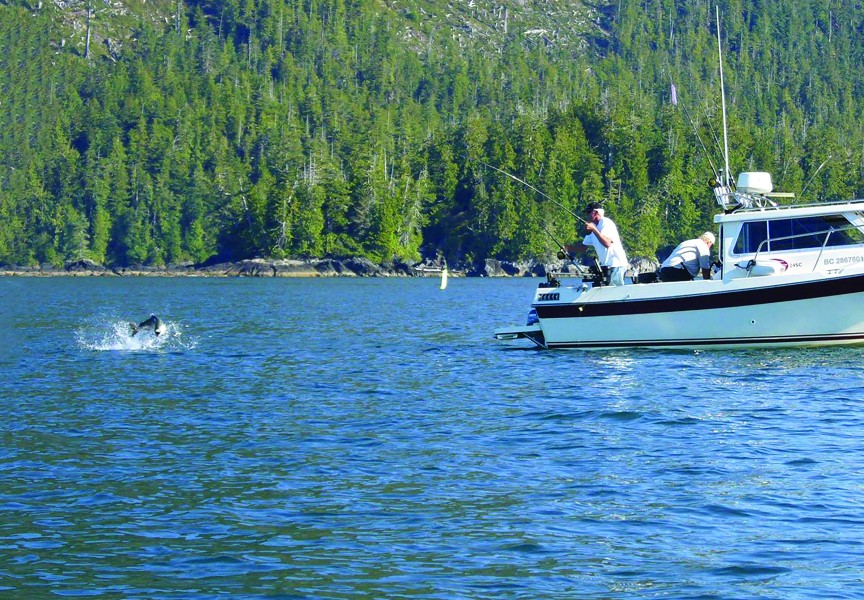The legal fight for future generations to pursue a livelihood on their territorial waters continues next week, when five Nuu-chah-nulth nations return to court for a fisheries rights appeal.
The nations that operate T’aaq-wiihak fisheries, which include Ahousaht, Tla-o-qui-aht, Hesquiaht, Ehattesaht/Chinehkint, and Mowachaht/Muchalaht, will be closely watching developments in the B.C. Court of Appeal when proceedings run Feb. 11-15 in Vancouver. Following a judgement from the Justification Trial last April, this next phase of legal proceedings is set to once again delve into the scope that the nations can exercise their aboriginal right to harvest and sell species caught in their territorial waters.
In 2018 Justice Mary Humphries defined the extent that the nations can catch and sell fish from their hahoulthee, but subsequent assessments of her ruling has brought concerns from Nuu-chah-nulth that she erred in her judgement on the scope of the aboriginal right. Particular attention has been paid to Humphries’ restriction that the nations can pursue “a small-scale, artisanal, local, multi-species fishery to be conducted within a nine-mile strip from the shore.”
Also known as the Ahousaht et al. court case, this next phase of proceedings has brought Nuu-chah-nulth fisheries rights to a Canada-wide scale, with intervenors selected from across the country to help inform the appeal court. Six intervenors have been selected to speak for aboriginal fishing rights, including the Mi’gmaq of Listuguj, whose home territory stretches through Quebec’s Gaspe Penninsula, into New Brunswick and Maine. Their commercial fishing rights were upheld by the Supreme Court of Canada in 1999, but still struggle to exercise this in the face of federal restrictions, wrote Justice Barbara Fisher in her reasoning for selecting the intervenors. Fisher will be one of three judges overseeing the upcoming appeal.
On Canada’s West Coast the Council of the Haida Nation has been selected due to its “distinct perspective” on rights to territorial resources.
“It has a unique perspective on the process of reconciliation that will be helpful to this court,” wrote Fisher.
Several groups were chosen from Vancouver Island, including the Nuu-chah-nulth Tribal Council.
“I appreciate that there may be broader implications to the Nuu-chah-nulth as whole,” wrote Fisher. “The NTC is well situated to provide a perspective on this provided that this submission is not duplicative and is limited to addressing how the return to what it asserts to be a ‘frozen rights’ approach will impair economic development in the Nuu-chah-nulth fishery.”
Representing five First Nations from southern Vancouver Island, the Te’mex’w Treaty Association was selected to speak on the risk to urban Indigenous communities.
For a broader perspective a coalition of four Indigenous associations has also submitted a factum to inform the court. This includes the B.C. Assembly of First Nations, The First Nations Summit, the Union of B.C. Indian Chiefs and the First Nations Fisheries Council.
Then to provide an “international lens” to the fisheries rights issue, the Assembly of First Nations was selected to inform the court of the Crown’s duty to consult according to the United Nations Declaration on the Rights of Indigenous Peoples.
The five nations have been caught up in court proceedings for over a decade, with the Supreme Court of Canada ruling in favour of their right to harvest and sell from their hahoulthee in 2009.
“At contact, the Nuu-chah-nulth were overwhelmingly a fishing people,” wrote Justice Nicole Garson in her judgement, citing the time that Europeans first landed on the west coast of Vancouver Island. “They depended almost entirely on their harvest of the resources of the ocean and rivers to sustain themselves.”
Garson specified that their aboriginal right was not unrestricted, and the implementation would require negotiations with the provincial and federal government. Several unsuccessful federal appeals to the B.C. Court of Appeal and the Supreme Court of Canada followed, along with years of mostly stalled negotiations.
The next appeal will also include three intervenors selected to inform the court of commercial interests in the fisheries: the Pacific Prawn Fishermen’s Association, the Canadian Sablefish Association and the B.C. Seafood Alliance. But unlike the Indigenous organizations, the commercial intervenors were limited to submitting one factum of 15 pages for all three due to their “common positions” on the Nuu-chah-nulth fisheries rights issue.
The B.C. Seafood Alliance represents groups that harvest almost $1 billion worth of seafood annually.
“There’s a concern over the uncertainty as to what reconciliation in practice is going to mean,” said Executive Director Christina Burridge during an interview with Ha-Shilth-Sa last November. “We certainly don’t see ourselves as adversaries of reconciliation at all, we think it’s an imperative for Canada. We understand that fisheries will be part of that, but the uncertainty is over what that means in practical terms – both for conservation and people’s livelihoods.”
In a press release issued after the Justification Trial ruling in April, the Pacific Prawn Fishermen’s Association defended Humphries’ decision, hinting that a less-limited aboriginal right to the resource could threaten its sustainability.
“The court said that this fishery is independently recognized as a well-managed sustainable fishery and that the plaintiffs’ proposal would involve a significant extension of the prawn fishing season with unspecified effort and unpredictable consequences to the resource,” stated the release. “This is a very good decision that will ensure the sustainability of the commercial prawn fishery for the benefit of future generations of fishermen, both aboriginal and non-aboriginal.”

